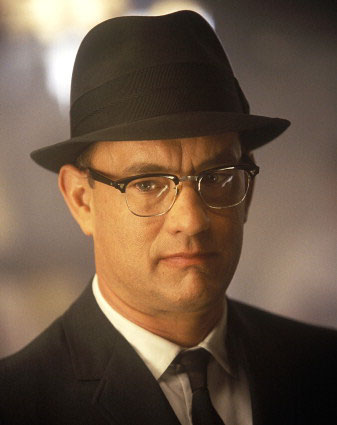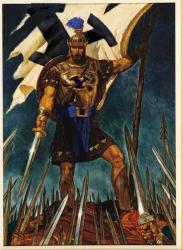Category: Guest Bloggers
-
Be Mannerly
In the spirit of President Hinckley’s six be’s, I’d like to submit some suggestions for visiting/home teaching etiquette. Here are my 12 be’s of assigned teaching. Please add your own!
-
Guest Blogger: Alison Moore Smith
We are delighted to welcome Alison Moore Smith as a Times and Seasons guest blogger!
-
Colonel Kane, Righteous Gentile
From nearly the moment Thomas L. Kane walked into Mormon history in 1846, Latter-day Saint leaders promised that his name would long be honored by the Saints. In part, they wanted to bolster Kane’s determination to take the deeply controversial stance of defending the Mormons. When his father John, a powerful federal judge, learned of…
-
Mormonism and Communal Studies
Scholars of Mormonism (like scholars of most topics) need to find ways to connect their subject to larger scholarly debates and frameworks. Mormon academics have used frameworks from American religious history to western history to the history of family and gender to legal studies. Another possibility is communal studies.
-
Who’s the Most Important Non-Mormon in LDS History?
The Bloggernacle has been awash lately in awards: Mormon of the Year, Mormon of the Year, 1950-present, and the Boggs-Doniphan Award. This last one asked for the most influential non-Mormon on Mormonism within the last year, for either good or ill, named about Missouri’s Governor Lilburn Boggs who infamously issued an Extermination Order against the…
-
Polygamy, Women’s Rights, and Marital Sexuality: Elizabeth Kane’s Theory
Nineteenth-century polygamy provoked a decades-long national shouting match over the evils and virtues of the practice. It also prompted a fascinating contemplation by Elizabeth Kane of women’s rights and marital sexuality.
-
Missionaries to Dinner, 1854 Style
On June 20, 1854, Elizabeth Kane received a note from her husband that he had invited some “common men” for dinner. Elizabeth, then 17, had been married to Thomas Kane, her second cousin, for a little over a year.
-
Understanding Thomas L. Kane
In Mormon country, Thomas L. Kane is remembered, if at all, as the nineteenth-century defender of the Latter-day Saints and the hero of the Utah War of 1857-58.
-
Welcome Guest Blogger Matt Grow
I am very glad to introduce to you our next guest blogger, Matt Grow. We thought this would be a good time to have Matt blog with us because he just had a book come out last week from Yale University Press, Liberty to the Downtrodden: Thomas L. Kane, Romantic Reformer, on an important and…
-
Spooky action at a distance
I am a total NPR dork. I would LOVE to have Carl Kasell’s voice on my answering machine; when I was in middle school, I felt betrayed when I learned that Lake Woebegone wasn’t a real place; and I admit that I joined Ira Flatow’s Science Friday Facebook group (“for those who love Science Friday.…
-

-
“Twenty-Mark Note” Experiences
There is a certain category of life-experiences that I refer to as “Twenty-Mark Note” stories. The name for these experiences comes from a talk by the same name, given by President Packer at BYU-Idaho in 2002 (excerpted below). I suspect that once you read President Packer’s remarks, you’ll immediately recall your own Twenty-Mark experiences:
-

The Road to the Temple
NPR recently did a story about a group of reporters’ visit to the newly constructed Draper Temple. The Draper Temple, by all appearances, is characteristically beautiful. I am as intrigued by the process of building a new temple, as I am by the end product itself. Some of the most marvelous stories from church history involve…
-
Welcome to Guest Blogger Sheldon G.
We’re due for an infusion of new blood here at T&S, so we’ve decided to roll out the red carpet for one Sheldon G. Sheldon got his undergraduate degree from the U of U, where he majored in history, wrote his senior thesis on the reactions of LDS women to the Correlation-related changes to the…
-
Brigham Daniels on deck
We’d like to extend many thanks to Kent Larsen for a variety of interesting and thoughtful posts. We also would like to welcome our newest guest, Brigham Daniels. Brigham works as a law professor at the University of Houston Law Center, where he teaches environmental law. He has been involved with LDS community, environmental law…
